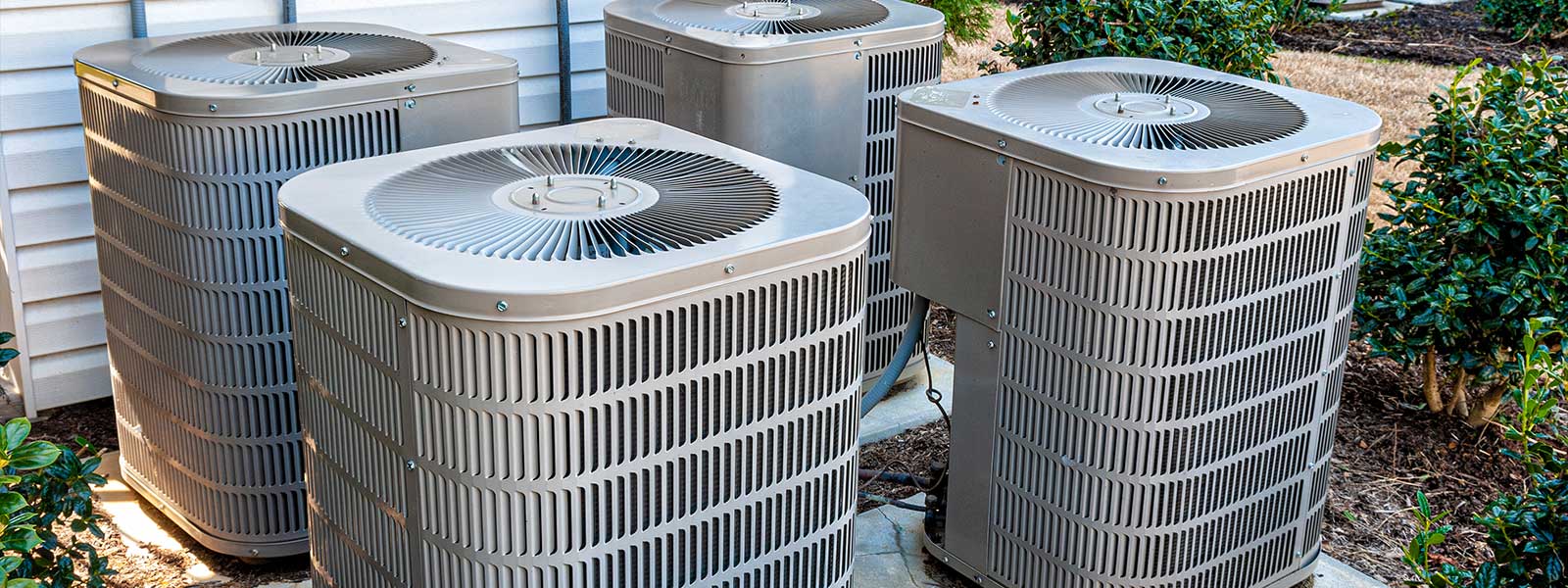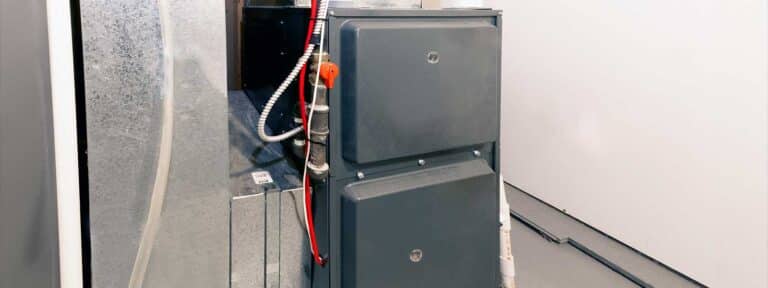Dual Fuel/Hybrid
Dual Fuel/Hybrid Systems
A dual fuel system, often referred to as a heat pump hybrid system, combines a heat pump with a traditional furnace (gas, oil, or propane) to provide an efficient and cost-effective heating solution, especially in regions with a wide range of temperatures throughout the year. Here’s an overview of dual fuel systems, their components, operation, and key considerations:
Components of Dual Fuel Systems:
Heat Pump:
Typically serves as the primary heating and cooling system. It operates efficiently in moderate temperatures by extracting heat from the outside air to warm the home or removing heat from the home to cool it.
Furnace
The secondary heating component, usually powered by natural gas, propane, or oil. It provides additional heating during extremely cold weather when the heat pump’s efficiency decreases.
Thermostat:
A specialized thermostat is required to switch between the heat pump and the furnace, depending on the temperature and efficiency. Some advanced thermostats can automatically determine which system to use for maximum efficiency.
Ductwork:
Used to distribute conditioned air throughout the home. The same ductwork typically serves both the heat pump and the furnace.

Operation:
In moderate weather conditions, the heat pump operates like a regular air conditioner in reverse, extracting heat from the outside air (even in cold temperatures) and transferring it inside to heat the home.
When the temperature drops below the heat pump’s efficient operating range (usually around 32°F to 35°F, but this can vary based on the specific model and settings), the system automatically switches to the furnace for heating.
The thermostat or control system determines the most efficient mode for operation (heat pump or furnace) based on the outdoor temperature, desired indoor temperature, and other factors like energy prices.
Your home, your investment. ProQuote requires a $250 upfront deposit when you are ready to receive the quotes. We entirely allocated this to your project. It’s a forward-thinking approach that ensures both your time and money are well-respected.
Advantages
- Energy Efficiency: Dual fuel systems optimize the strengths of both a heat pump and a furnace, offering significant energy savings and reduced utility bills, especially in areas with wide temperature ranges.
- Comfort: Provides consistent and effective heating and cooling throughout the year, utilizing the most efficient method based on external temperatures.
- Environmental Impact: Heat pumps are generally more environmentally friendly compared to traditional heating systems, as they transfer heat rather than generate it by burning fuel.
- Flexibility: Offers a versatile solution that can adapt to different weather conditions, ensuring efficient operation no matter the climate.
Considerations
- Installation Cost: The upfront cost of installing a dual fuel system can be higher than installing a single heating or cooling system due to the complexity and the need for two separate systems.
- Maintenance: Regular maintenance is required for both the heat pump and the furnace to ensure efficient operation and to prevent potential issues.
- Complexity in Installation: Proper installation and setup are crucial for optimizing the efficiency and operation of the system. This typically requires professional installation and calibration.
855-880-1132
ProQuote
Home Improvements Simplified
One Visit = Multiple Quotes
Excellent
Based on 16 Reviews







